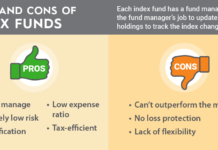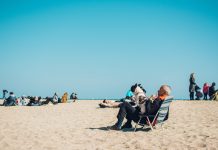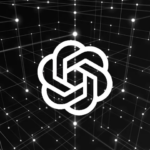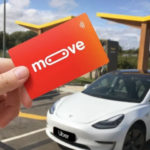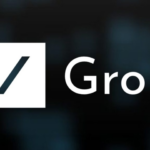Financial independence is the foundation of an early retirement. Building financial independence is all about making the most out of what you have and dealing with any setbacks as best you can. To do this one needs to think before acting. To reflect on the various options and decide which one will deliver financial independence and as a consequence early retirement.
A thinking method, that facilitates this process is the OODA loop. OODA, this stands for observe, orient decide and act. This loop helps you to take stock of the situation first, then focus on what are the best options, then decide which one to choose and what is the impact and risks of the chosen options.
During the FI journey, there will be fantastic wins and some sleepless nights. There is no gain without some pain. The OODA loop helps make the most of both. Turn opportunities into major wins, reduce the impact of problems and maybe turn problems into solutions for early retirement.
There are two methods to become financially independent; cash flow and nest egg. In this article, I focus on Cash flow as a practical example of how the OODA loop can be one of your best allies in creating a system of financial independence with the objective of early retirement.
OODA – Observe, Orient Decide and Act.
Exercise 1: Observe
Observation is about broad picture thinking, looking at reality without judging it. Looking at facts without bias. Information is powerful. During this phase one has to observe three particular aspects which are the columns of FI: FI progress, Cash in and Cash out. These are the Financial independence KPIs (key performance indicators). This exercise evaluates progress, accomplishments and bottlenecks in your FI and early retirement journey.
Cash in
- Has your cash in changed and why?
- What actions have you done recently which have had
- The greatest impact on your current cash in?
- The potential for a great impact on your future cash in?
Cash out
- How have your spending changed and why?
- What are the major expenses within the next months?
- How much spending is going into the “nothingness” and why?
- What are the things which facilitate unproductive spending?
- What are you spending money on which is actually making you sicker?
- What are the things you buy which have a positive effect on you in the long term?
What is your current level of financial independence
- What percentage of your lifestyle could you support from the difference between cash in and cash out?
- Does FI and RE still motivate you?
- What does FI mean for you?
- Reconsider: Why do you want to retire early?
- Reconsider: Why do you want to be financially independent?
- How has your FI changed since the last 6 months?
- What tools and resources will make your early retirement journey safer, shorter, more enjoyable?
What is happening around you?
- Fi does not take place in a vacuum. What is changing around the world that has an impact on your FI journey? For example, peer to peer investing, cryptocurrency investing are some risk-laden tools which might fasten your FI.
See Also: The time value of money and Saving Early for retirement.
Exercise 2: Orient yourself toward early retirement
The observe phase is a satellite view of the landscape, the orient phase is more a bird’s eye view. Removing the clutter is what gives you more focus on what is important.
The take away from the observe exercise will help you find what is getting stronger and some will be making your FI journey weaker.
Specifically to find situations, tools, actions which are speeding up or slowing down your early retirement journey.
At this point, it is interesting to revisit the 6 steps to plan your financial independence.
Orient yourself to find:
- What is the weak link in your early retirement plan cash in or cash out?
- Which aspects require more attention, energy, funding?
- How much is your orientation important to short-term aspects vs long-term ones?
Cash in
What actions will make you a 1%er of something?
How many side hustles have you created in the past and why did they fail?
Cash out
What has had the most significant impact on you cash out and why?
In this exercise, your objective is to find ways to increase your cash in and reduce your cash out.
See also: Start preparing early for your early retirement
Exercise 3: Decide what is best for your early retirement
The orient exercise generates options for action. The decide part is choosing which one is best according to your current situation.
Each of option available has:
- Cost
- Benefit
- Risk
Consider which option
- Has the least and which has the most risk?
- How can you mitigate this risk?
- Needs the least financial resources?
- Needs the least time to implement?
- Which one is your gut telling you to go with?
Analyse each option understand upfront what are the pros and cons, sleep over them and then move onto the next step.
Exercise 4: Take Action!
Once you have decided on a particular course of action, consider what are the prerequisites to make it a success. Think of a feasible implementation plan. What has worked in the past?. Are you a person who prefers gentle changes or going cold turkey.
Consider also, those around you who will be affected by the decision
- Who will be affected by your decision?
- How do you get buy-in from them?
- What are you taking from them and what can you give back?
Gamification of actions was discussed in LINK LINK.Delay gratification is important, for FI seekers but gamification brings gratification to the present which is a form of success.
Conclusion and Recap.
Most of us need to become financially independent before considering early retirement. The journey to FI has many potential ups and downs. Your adaptation to them will be greatly improved follow the 4 easy exercises of the OODA loop to increase the likelihood of early retirement.


